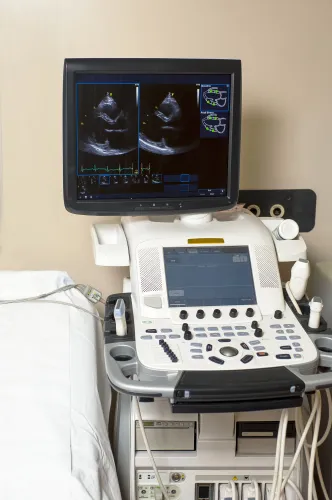Urology Coding Alert
Claims and Denials:
Learn How to Avoid These 3 Common Coding Mistakes
Published on Fri Aug 11, 2023

You’ve reached your limit of free articles. Already a subscriber? Log in.
Not a subscriber? Subscribe today to continue reading this article. Plus, you’ll get:
- Simple explanations of current healthcare regulations and payer programs
- Real-world reporting scenarios solved by our expert coders
- Industry news, such as MAC and RAC activities, the OIG Work Plan, and CERT reports
- Instant access to every article ever published in Revenue Cycle Insider
- 6 annual AAPC-approved CEUs
- The latest updates for CPT®, ICD-10-CM, HCPCS Level II, NCCI edits, modifiers, compliance, technology, practice management, and more
Related Articles
Other Articles in this issue of
Urology Coding Alert
- Claims and Denials:
Learn How to Avoid These 3 Common Coding Mistakes
Follow these expert tips to improve your claim approval process. If you get frequently frustrated [...] - ICD-10-CM Coding:
Paint the Full Patient Picture with External Cause Codes
Secondary diagnosis codes provide payers with additional details. Although urology practices don’t see injured patients [...] - HIPAA:
Avoid a HIPAA Hiccup, Verify Vendor Background
Ask five key questions to gauge your vendor’s HIPAA security awareness. When you choose a [...] - You Be the Coder:
Refresh Your Cystourethroscopy Coding Skills with This Scenario
Question: I have a question about the following note, which describes a procedure that the urologist [...] - Reader Questions:
Decode This Prostate Biopsy Puzzle
Question: Can 76872 or 76942 be billed with 55700 for the following procedure? I think there [...] - Reader Questions:
Are You Using the Most Recent ABN Form?
Question: How do I know if I’m using the most up-to-date advanced beneficiary notice (ABN) form [...] - Reader Questions:
Carry On, Nothing New to See in 2024 ICD-10-CM Guidelines
Question: Are there any new guideline changes I need to be aware of for urology coding? [...] - Reader Questions:
Decode This DME Dilemma
Question: If a patient has a kidney stone and the urologist gives them a urine strainer, [...]
View All




